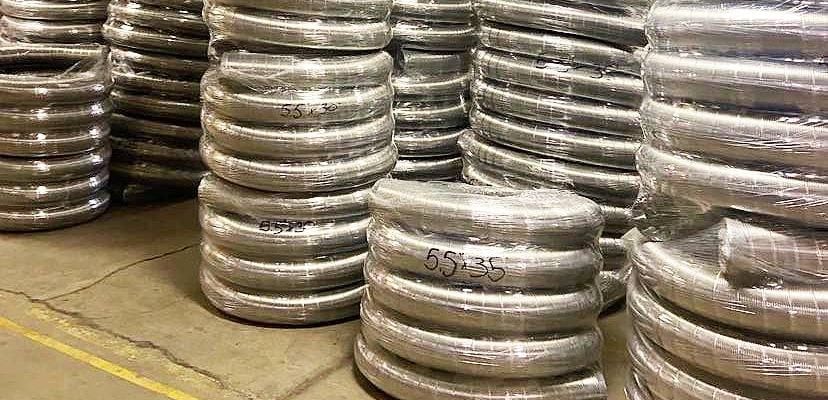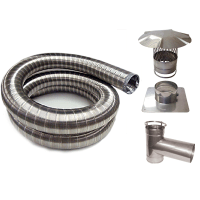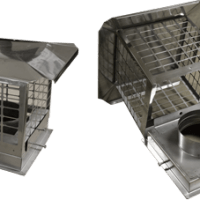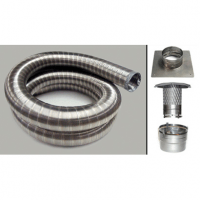Why Choose Stainless Steel Chimney Liner

Choosing the right material for your chimney liner is crucial for the safety, efficiency, and longevity of your chimney system. Among the various options available, stainless steel stands out as the premier choice for homeowners and professionals alike. This article explores the compelling reasons why a stainless steel chimney liner is often the best option for your home.
Durability and Longevity
One of the most significant advantages of stainless steel chimney liners is their exceptional durability. Stainless steel is highly resistant to corrosion and rust, which are common issues with other materials exposed to the harsh conditions inside a chimney. This resistance ensures that your stainless steel liner can withstand the acidic by-products of combustion, moisture, and extreme temperatures without deteriorating over time. As a result, stainless steel liners often come with longer warranties, some extending for the lifetime of the liner, providing peace of mind and reducing long-term costs.
Improved Safety
Safety is a paramount concern when it comes to chimney operation. Stainless steel chimney liners provide a secure conduit for harmful gases produced during combustion to exit your home. Their robust construction minimizes the risk of cracks and gaps that can occur in older clay tile liners, significantly reducing the likelihood of carbon monoxide leakage or chimney fires. By maintaining a consistent flue size and smooth surface, stainless steel liners also improve draft, further enhancing the safe operation of your fireplace or stove.
Versatility
Stainless steel liners are suitable for all types of fuels, including wood, gas, oil, and coal. This versatility makes them an ideal choice for any heating appliance, whether you are installing a new system or upgrading an existing one. Additionally, stainless steel liners can be fitted into any chimney, regardless of its shape or size, thanks to flexible and rigid options. This adaptability ensures that homeowners can benefit from the advantages of a stainless steel liner, no matter their specific requirements.
Energy Efficiency
Installing a stainless steel chimney liner can enhance the energy efficiency of your heating system. The smooth interior surface of stainless steel improves airflow and reduces the buildup of creosote, ensuring that your fireplace or stove operates more efficiently. This can help in reducing fuel consumption and lowering heating costs. Furthermore, the tight seal formed by a properly installed stainless steel liner prevents heat loss, keeping your home warmer during the colder months.
Ease of Maintenance
The maintenance of a chimney liner is critical for its performance and safety. Stainless steel liners are easier to clean compared to other materials, as their smooth surface allows for the efficient removal of soot and creosote. This ease of maintenance not only simplifies the cleaning process but also contributes to the overall safety and efficiency of your chimney system.
Conclusion
Choosing a stainless steel chimney liner offers numerous benefits, including durability, safety, versatility, energy efficiency, and ease of maintenance. These advantages make stainless steel an ideal material for homeowners seeking to enhance the performance and safety of their chimney systems. With its long-term value and proven performance, a stainless steel chimney liner is an investment in the safety and comfort of your home.






